12 Ways to Spot Authentic Wedgwood Jasperware From Reproductions
If you are a fan of Wedgwood Jasperware, you know how valuable these pieces can be. Unfortunately, many reproductions have flooded the market, making it difficult to tell the real items from the fakes. However, with a bit of knowledge, you can easily distinguish between authentic and reproduced Jasperware. Start by looking for the hallmark, which is often the best indicator of authenticity. You should also examine the color and texture, as real Wedgwood items have a unique feel. With these tips in mind, you will be able to make confident purchases.
This post may contain affiliate links, which helps keep this content free. Please read our disclosure for more info.
Examine the Mark or Stamp
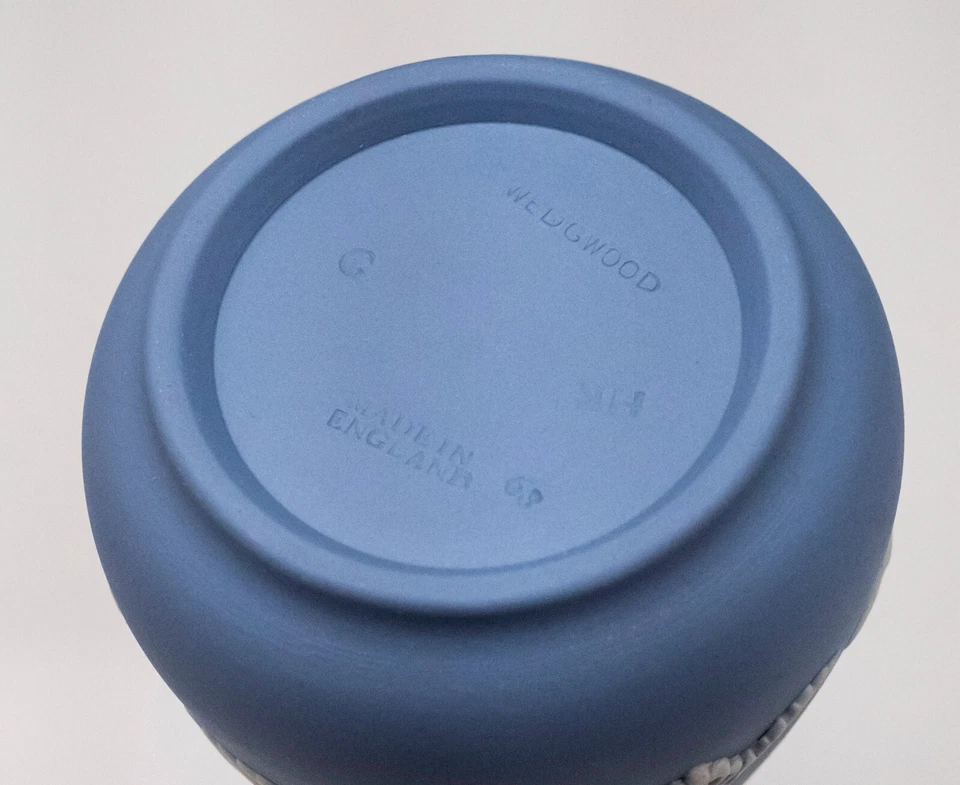
One of the most reliable ways to identify authentic Wedgwood Jasperware is by checking the mark or stamp on the bottom of the piece. Authentic pieces will typically feature a stamp that reads Wedgwood along with other identifying details, such as the year of manufacture or the Made in England label. Reproductions may have poorly executed or missing marks that are less distinct. Always look for a clear and precise stamp, as it is often the best indicator of authenticity.
Marks on Wedgwood pieces can also differ based on the era they were produced. Earlier pieces may have hand-inscribed marks, while later pieces may feature a printed or impressed mark. Knowing how to interpret these different marks can help you verify the piece’s authenticity.
Check the Quality of Craftsmanship
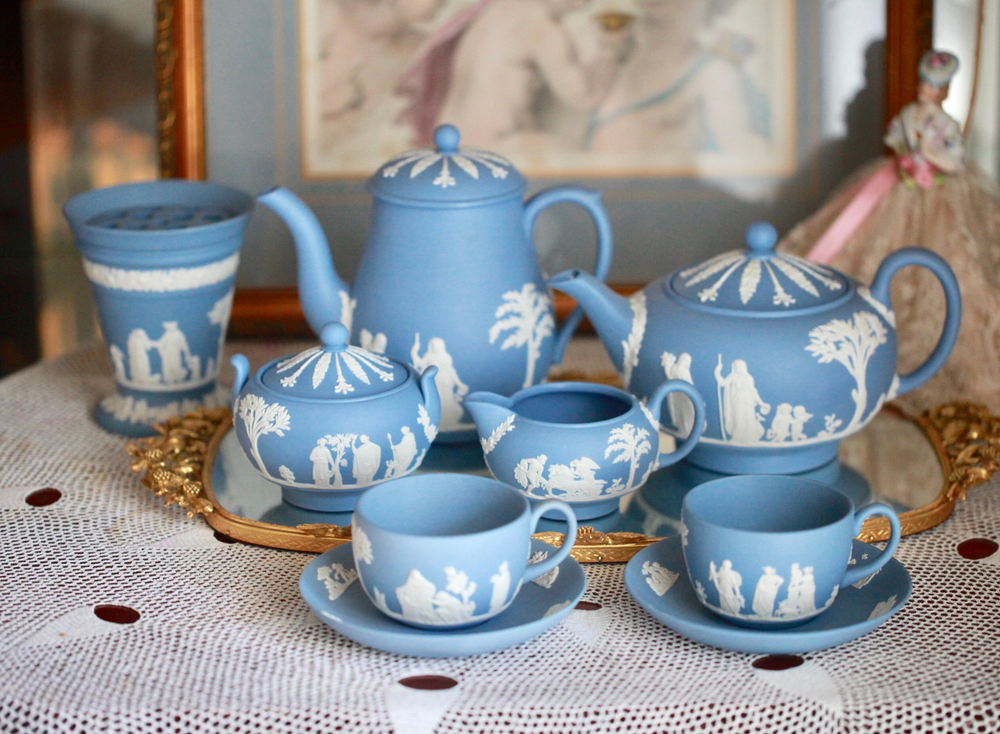
Authentic Wedgwood Jasperware is known for its high-quality craftsmanship, with intricate details and smooth finishes. When inspecting a piece, pay attention to the precision of the design and the evenness of the relief. Reproductions may have rougher edges, less detail, or uneven surfaces. Genuine Jasperware will showcase fine craftsmanship that is hard to replicate.
Wedgwood artisans have spent centuries perfecting their technique, which is reflected in every piece they create. Therefore, an authentic item will feel substantial in hand, with smooth surfaces and beautifully executed designs that show the maker’s skill.
Look for the Proper Gilding and Decoration
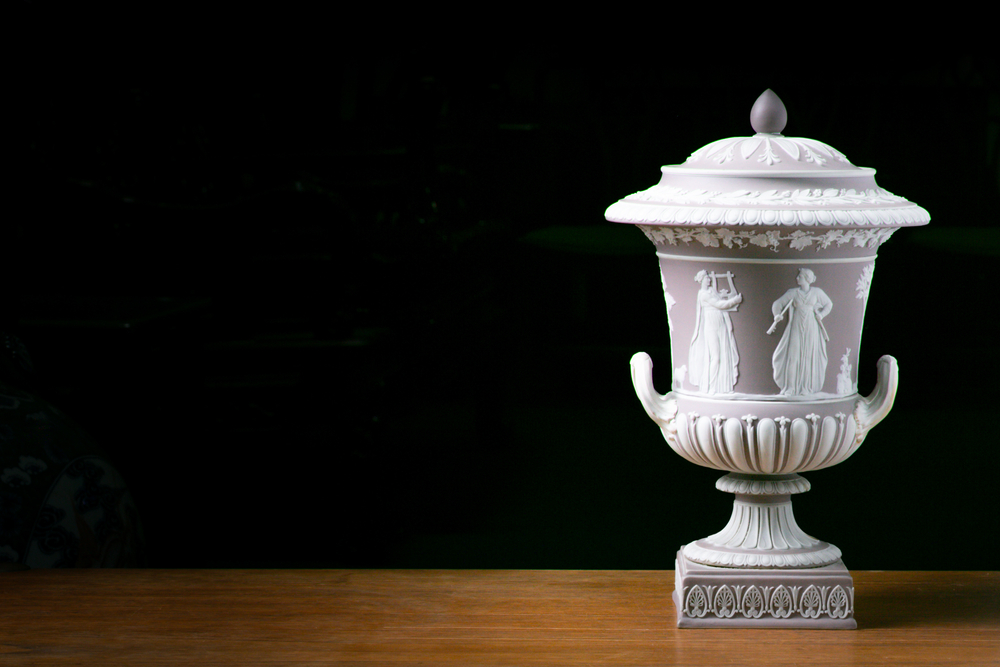
Wedgwood Jasperware is often adorned with intricate gilding or delicate decoration. Authentic pieces typically feature crisp, clean gold detailing that is applied evenly throughout the design. Reproductions may have poor-quality gilding or inconsistent decoration. The gold should not appear thick or blotchy, but instead, should be fine and detailed.
Wedgwood has long used skilled artisans to apply the gold in a precise manner, which enhances the beauty of the piece. If you notice that the gilding is uneven or poorly applied, it may be a sign that the piece is not genuine.
Check the Weight of the Piece
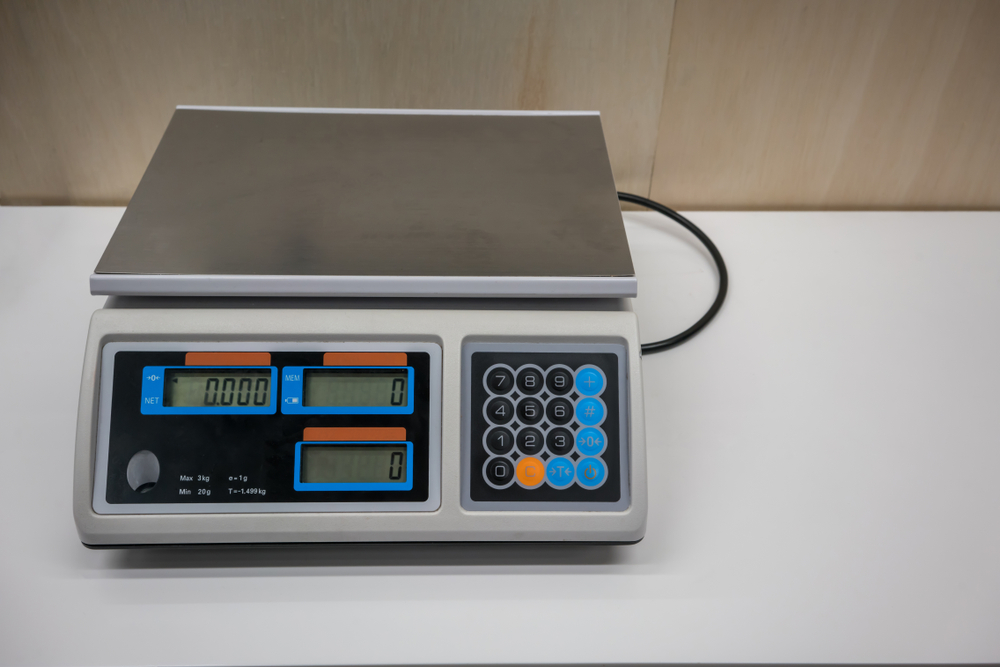
Authentic Wedgwood Jasperware is typically heavier than its reproduction counterparts. This weight comes from the quality of the materials used in its production, such as clay and fine porcelain. If a piece feels unusually light or hollow, it could be a reproduction. Authentic pieces will feel solid and substantial when held, due to the high-quality materials used in their crafting.
Wedgwood has maintained a commitment to creating durable and long-lasting pieces, which is why weight is often a good indicator of authenticity. Reproductions, on the other hand, may use cheaper materials that do not hold the same weight.
Inspect the Shape and Design
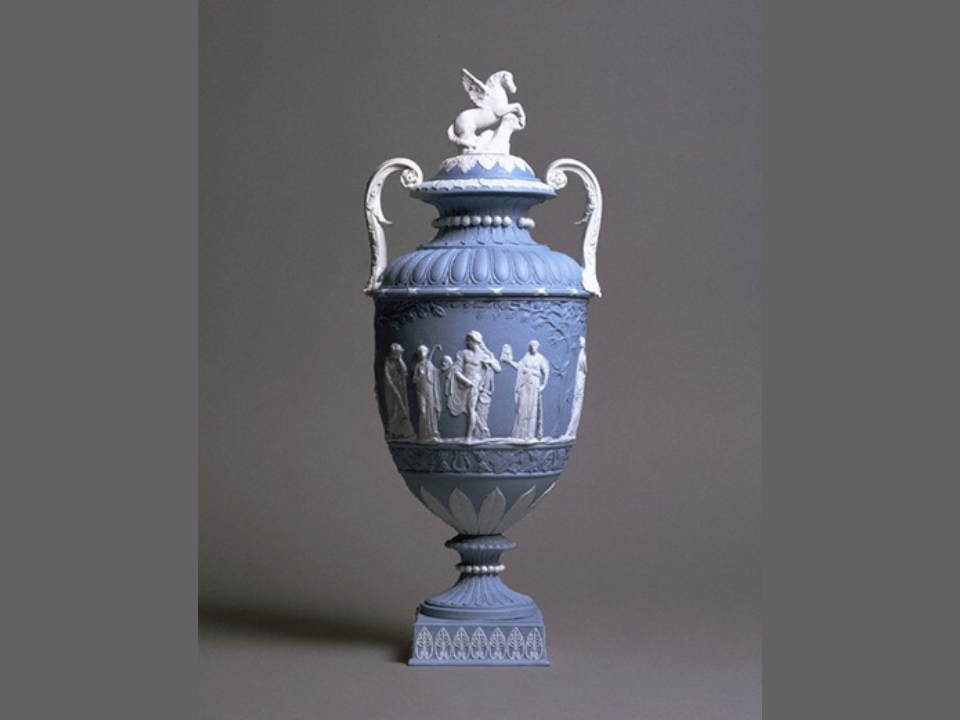
Authentic Wedgwood Jasperware is known for its consistent and symmetrical shapes, whether in figurines, plaques, or dinnerware. Reproductions may feature irregular shapes or poor proportions that are less refined. When you examine a piece, the design should feel balanced and harmonious. Any unevenness or awkward design elements could suggest that the piece is a reproduction.
Wedgwood has a long history of refining their designs to create aesthetically pleasing and well-proportioned items. If the piece appears clumsy or out of balance, it may not be an authentic piece of Jasperware.
Examine the Color and Texture
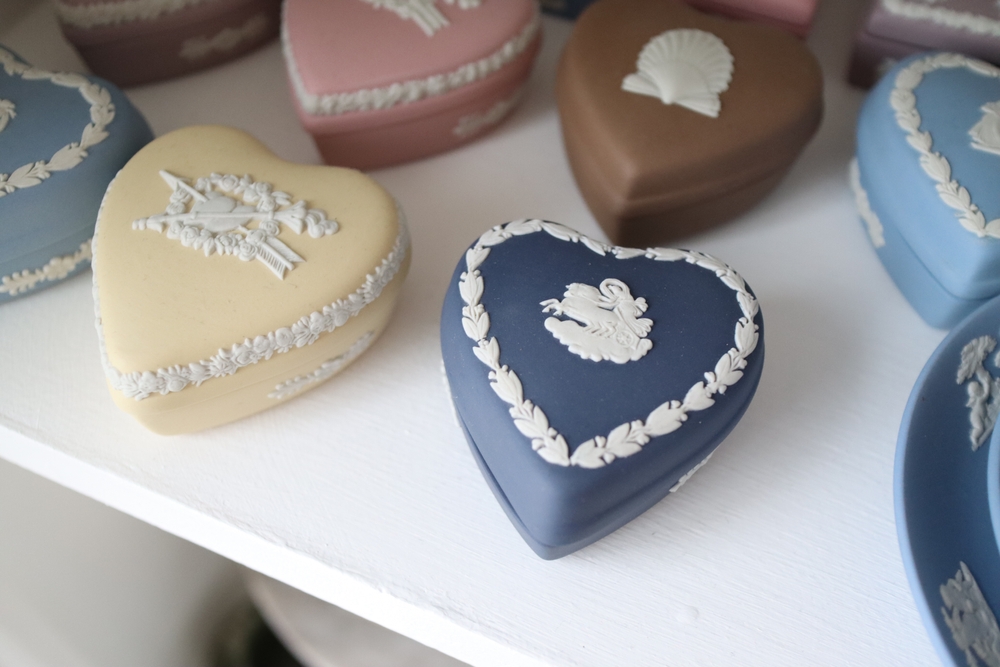
The color of authentic Wedgwood Jasperware is typically rich and consistent, with shades ranging from classic blue to green, black, or white. The texture of the surface should feel soft to the touch, yet durable. Reproductions may have color inconsistencies or a different texture that lacks the smoothness of genuine Jasperware. Authentic pieces also have a velvety matte finish, whereas fakes often have a glossy or uneven texture.
Over time, Wedgwood’s use of high-quality materials ensures that their color remains vibrant and even. If you come across a piece with noticeable color fading or inconsistencies, it may be a sign of a reproduction.
Check for a Base or Foot Ring
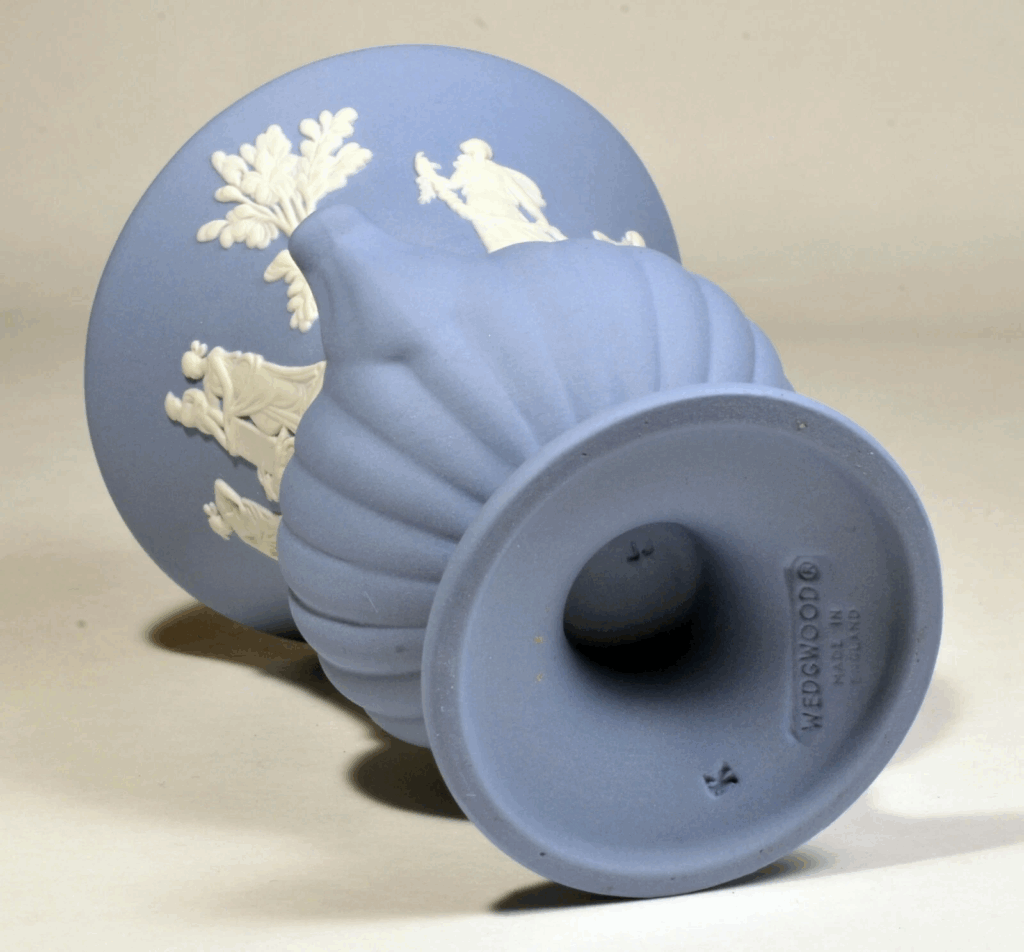
Authentic Wedgwood Jasperware typically features a well-defined base or foot ring. This ring is often carefully crafted and forms a smooth, even surface on the bottom of the piece. Reproductions may have a base that is poorly finished or lacks this distinguishing feature altogether. The presence of a properly formed foot ring indicates that the piece was made with care and precision.
The base is often an overlooked feature but can provide valuable insight into the authenticity of a piece. Reproductions may cut corners, leaving the base uneven or improperly formed.
Examine the Molded Reliefs
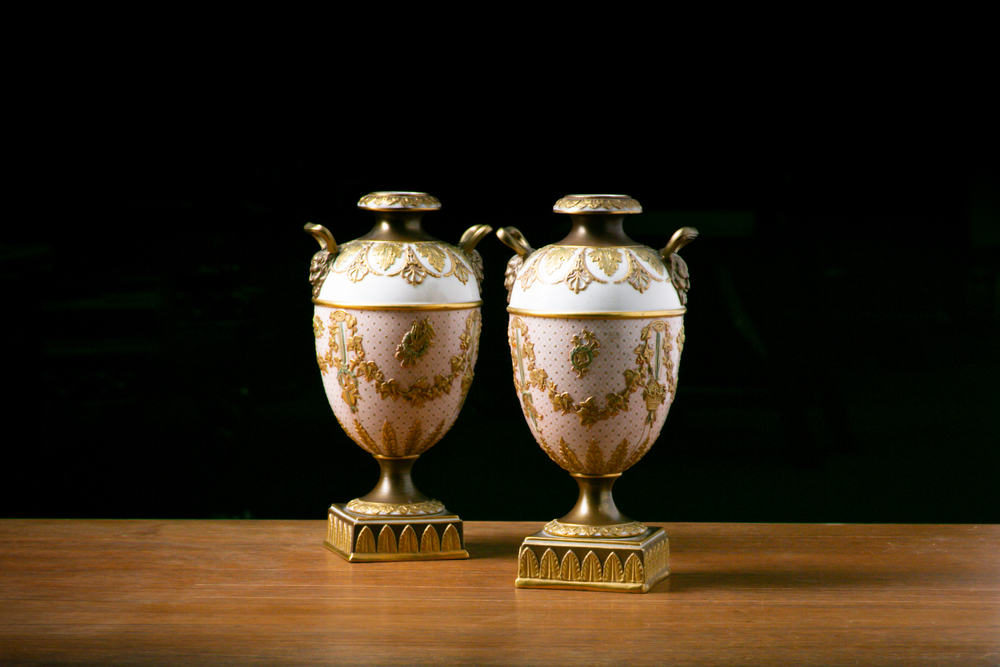
The intricate molded reliefs on authentic Wedgwood Jasperware are sharp and precise, reflecting the skill of the artisans. These designs are often raised from the surface and exhibit fine detail. Reproductions may have softer reliefs or designs that are not as defined. If you run your finger gently over the relief, it should feel raised and smooth without any roughness.
Wedgwood has perfected the art of creating highly detailed, intricate relief designs, making them easy to distinguish from lesser-quality reproductions. If the relief appears blurry or lacks definition, it is likely not genuine Jasperware.
Look for Historical References and Dates
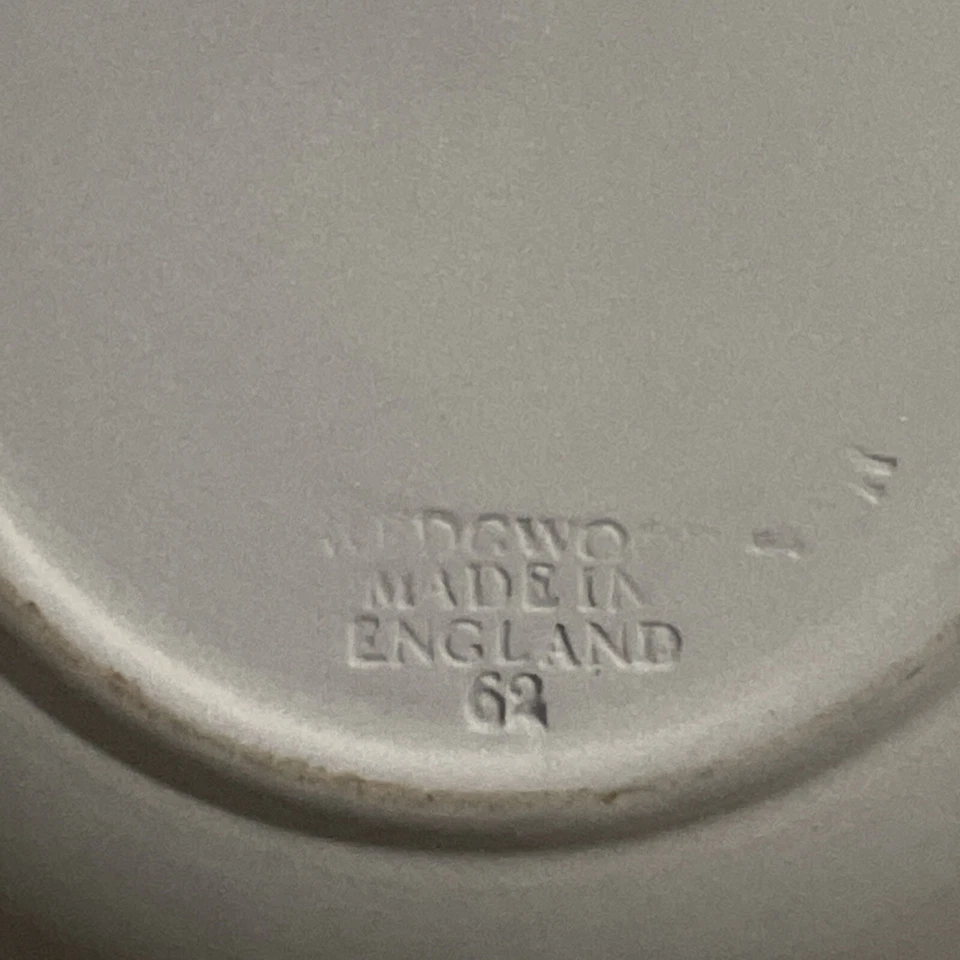
Some Wedgwood Jasperware pieces may feature specific dates or historical references engraved on the piece, which can help authenticate it. These markings can refer to the year of production or a special event. Reproductions often lack these references or have inaccurate ones. Knowing the history of Wedgwood and the types of pieces they produced during specific years can help you spot a reproduction.
A genuine piece may also bear a date code or a reference to a specific commemorative event, which can help confirm its authenticity. If a piece lacks these details or has inconsistencies in the dates, it may be a reproduction.
Inspect the Porosity of the Material
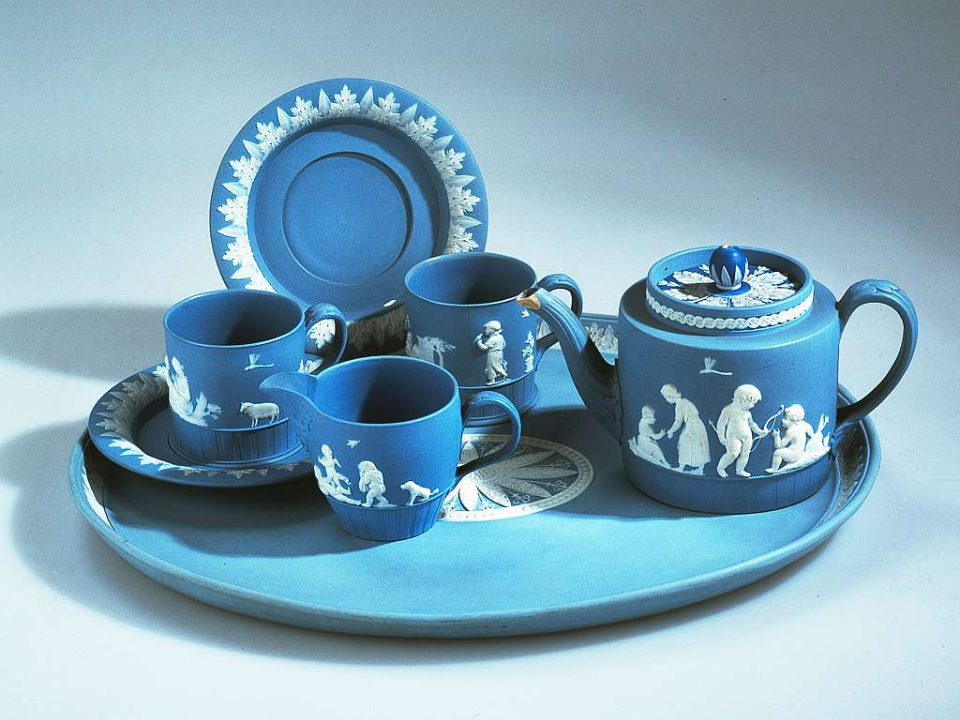
Authentic Wedgwood Jasperware is made from a dense, non-porous material that gives it a smooth, refined finish. Reproductions may use less expensive materials that are porous or have a rough texture. To test for porosity, try lightly rubbing the piece with a soft cloth. Authentic Jasperware should feel cool and smooth to the touch. A porous or rough surface is a telltale sign that the piece may not be genuine.
The lack of porosity in authentic Wedgwood pieces is a direct result of the high-quality clay and careful crafting techniques used by the company. If the surface feels grainy or rough, it is likely not genuine.
Look for the Signature of the Artist or Designer
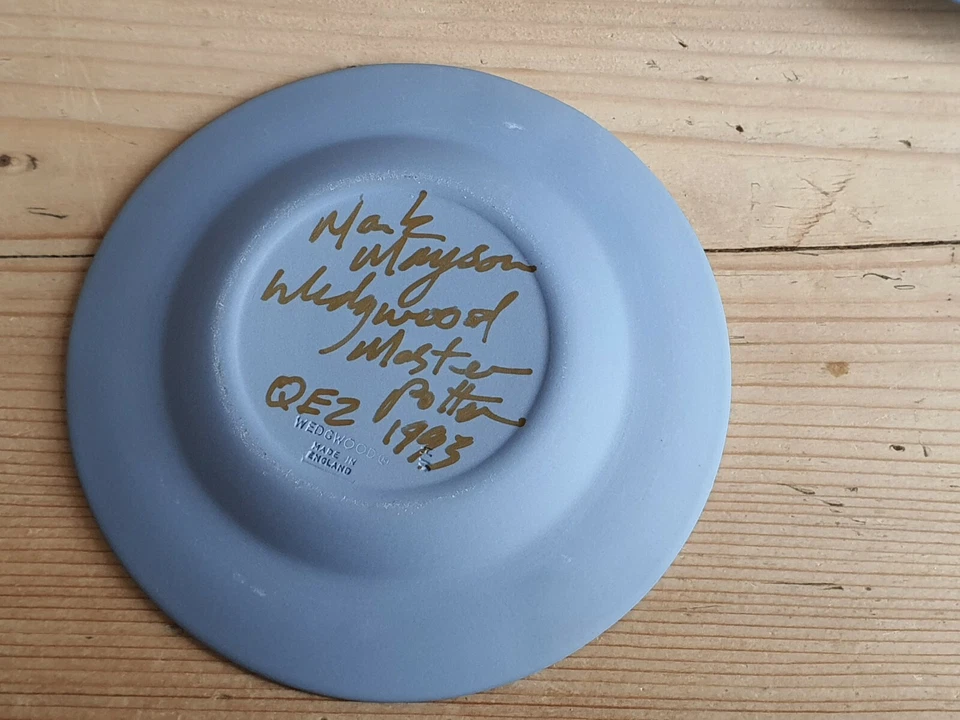
Many authentic Wedgwood pieces feature the signature or initials of the artist or designer who created the piece. These marks can often be found near the base or along the rim. Reproductions may lack this personal touch or have generic marks. If you can find the signature, it can add another layer of verification to the authenticity of the piece.
Over the years, Wedgwood has worked with many renowned designers and artists, whose signatures are often included on special pieces. A reproduction may not include a designer’s signature, or the signature may appear printed or mass-produced.
Research the Piece’s Provenance

Finally, the provenance of a piece can provide valuable insight into its authenticity. Provenance refers to the documented history of ownership and previous sales. A well-documented history can help confirm that the piece is an authentic Wedgwood item. Reproductions often lack this kind of documented history, which makes them more difficult to verify.
If you are considering purchasing a piece, ask the seller for any documentation or details about the piece’s origin. Genuine Wedgwood pieces are more likely to come with a well-documented provenance that traces their history and ownership.
Identifying real Wedgwood Jasperware allows collectors to invest wisely and avoid replicas. Examining the craftsmanship, reliefs, and hallmarks helps reveal the authenticity of each piece. Learning about the materials and history can enhance your confidence in every acquisition. Take your time and enjoy the process of finding a true Wedgwood treasure.
This article originally appeared on Avocadu.
